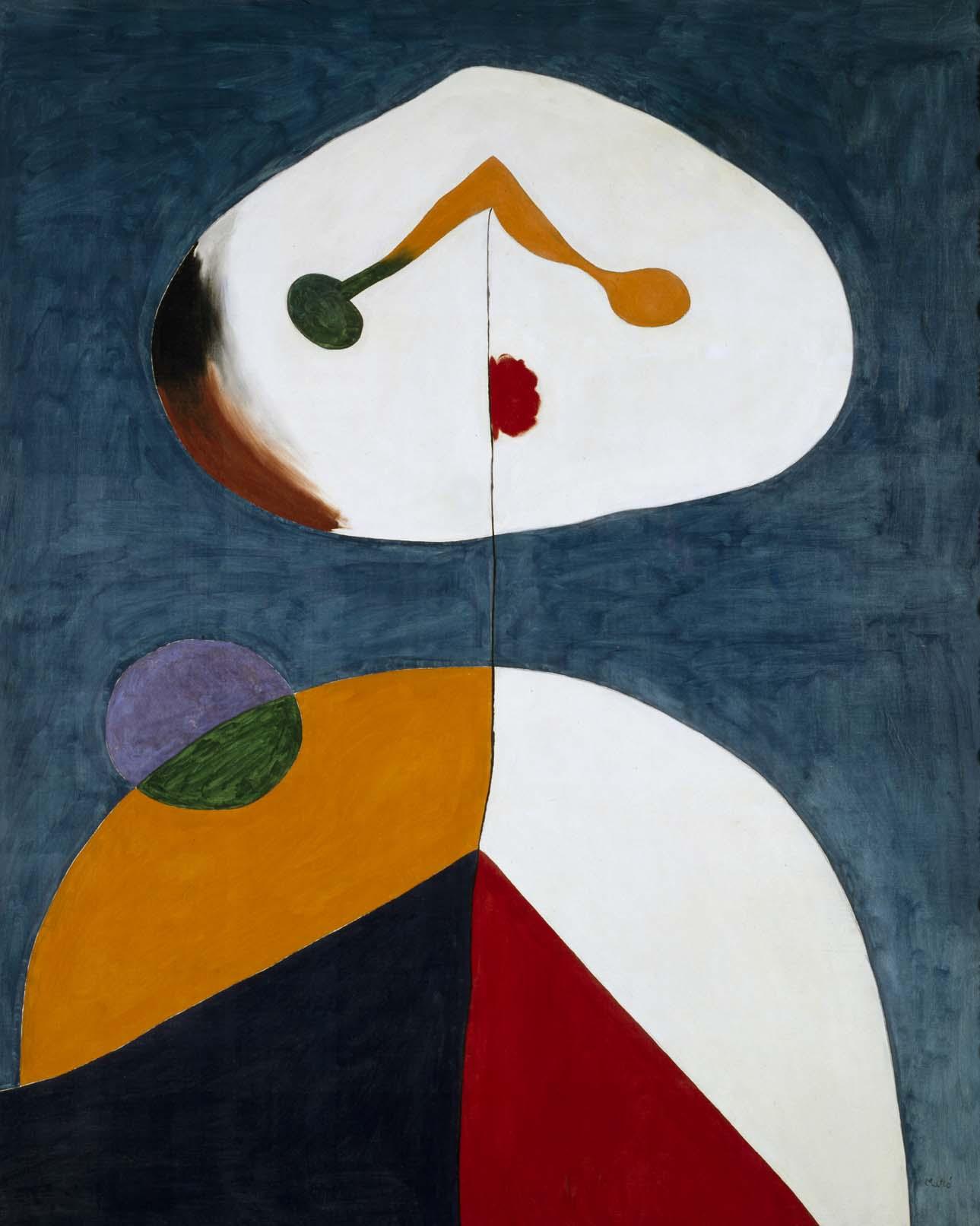

Initially close to Fauvist aesthetics, his early paintings were also inspired by Post-Impressionist artists such as van Gogh and Cézanne. Constantly referencing the subconscious and the oneiric through his signature geometric and abstract shapes, Miró’s art has been associated with diverse movements such as Cubism, Surrealism and Abstract Expressionism.īorn in 1893 in Barcelona, Miró attended La Lonja’s Escuela Superior de Artes Industriales y Bellas Artes from the age of 14. But each time he started a new piece, it became more and more popular, more and more influential, which led to his significance in today’s art world and history.The works of celebrated twentieth-century artist Joan Miró are known for their intricate graphic experimentations, their warm, vibrant colours and their combinations of symbols and biomorphic forms. The fact that I come down to Earth from time to time makes it possible to jump all the higher.” His artwork in the beginning was small, and critics didn’t pay too much attention to it. Joan Miró’s life philosophy was, “you must always plant your feet firmly on the ground if you want to jump into the air.
#MIRO PAINTER CRACK#
The ladder in The Farm symbolizes escape, which Miró thought completed the picture, for it is a work of art and a poem.Īccording to Miró, his work “always takes place in three stages: first, the suggestion, always forms the material second, the conscious organization of these forms and third, the compositional enrichment.” For example, a crack on the wall could be the suggestion, then he would build off that with some further shapes and forms, and after that finish the painting off.
#MIRO PAINTER CRACKED#
Like The Farm, 1920, which is the piece Hemmingway bought, the cracked wall balances out the chicken coup on the other side of the picture. Throughout his life, Miró’s goal for his art was to be able to make the painting into a poem, for a picture speaks a thousand words, and a Miró could speak two thousand. His collage Spanish Dancer is the most well-known. Soon after, Joan started becoming interested in other types of art, like collages, lithographs, etchings, and engraving. It was performed in Paris by the Ballets Russes. Miró’s best friend was Max Ernst, another Surrealist artist and together, they were asked to design the costumes and set for the ballet Romeo and Julliet in 1926. This piece represents what his mature work would resemble. It has a bunch of toys and imaginary things all over the canvas, making it look like a kid’s mind. Harlequin’s Carnival, 1925, is really spastic, and confusing.

One of his most recognized works was painted a few years following this. Ernest Hemmingway bought one of his paintings, The Farm, which was a fauvist like piece. He held his own solo exhibit in Paris in 1921 at the La Licorne Gallery. Miró considered it an honor to meet one of his favorite painters, but post-meeting, Joan’s work became surrealist as if Picasso helped make up his style and mind. He traveled to Paris and met Picasso in 1920. All the art in the show was influenced by Fauvism, Cubism, folk-Catalan art, and Roman Frescoes his work at this point combines many types of art, but it does not look anything like his mature work. He had his first solo exhibition in 1918 at the Daluma Galleries. He spent three years at a school run by Francesco Galí, and studied art at the Cercle Artístic de Sant Lluc. In 1912 while recovering from typhoid, he officially decided he wanted to be a painter. In 1907, he enrolled at School of Industrial and Fine Arts in Barcelona, the Lonja, and stayed there until 1910. As for his other classes though, he did rather poorly. Joan had an early passion for art, and took drawing classes while at primary school. His dad was a gold smith and watch maker. Joan Miró was born Apin Barcelona, Spain. Hands flying off toward the constellations, 1974 Escuela de Bellas Artes de la Llotja, and Escuela de Arte de Francesco Galí, Circulo Artístico de Sant Lluc, 1907–1913


 0 kommentar(er)
0 kommentar(er)
